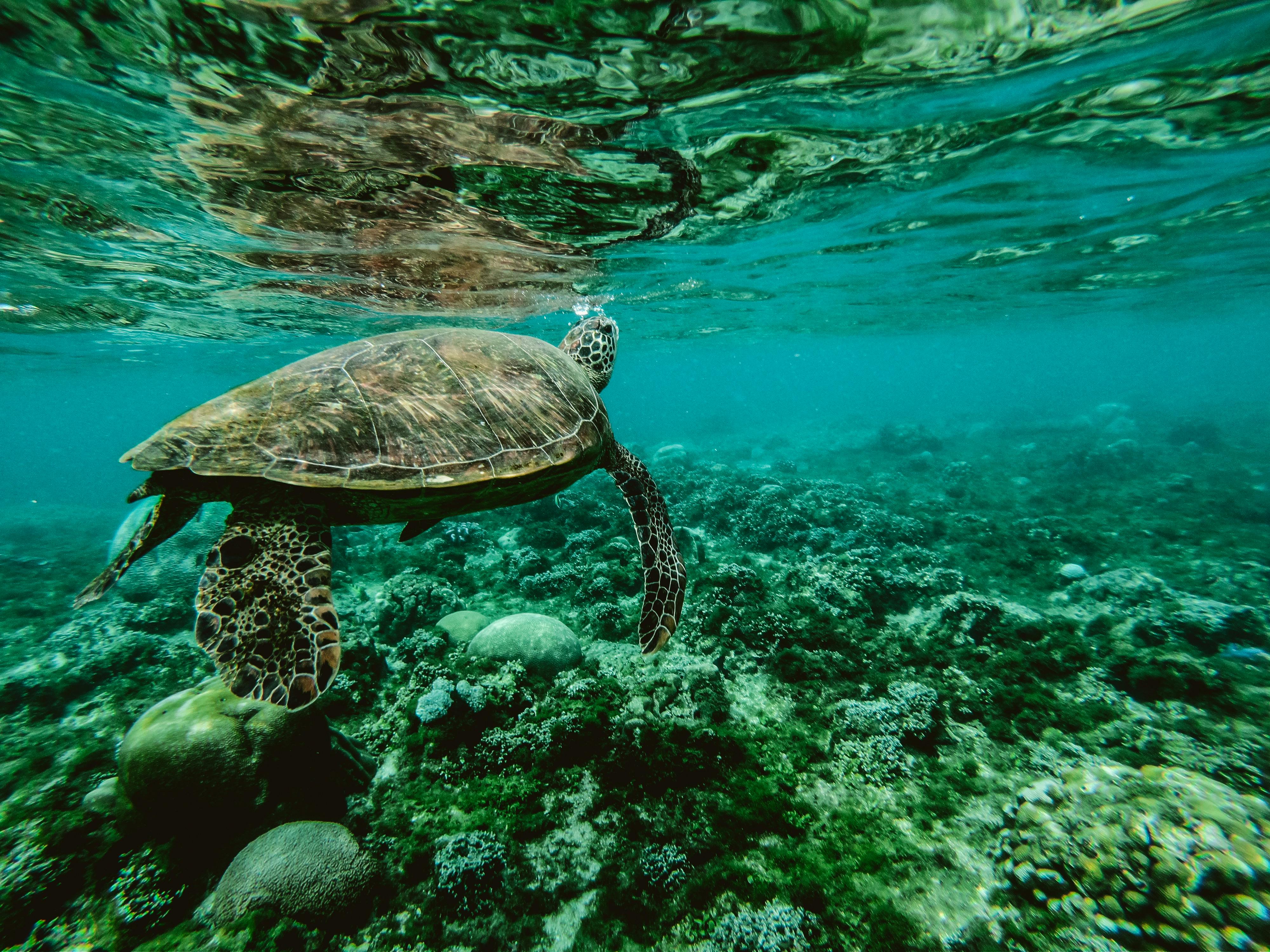The Fascinating Journey of Sea Turtles: A Dive into their Lives and Conservation
Sea turtles, some of the most ancient creatures on Earth, have been swimming the world's oceans for over 100 million years. Their resilience and determination are inspiring, yet today, they face some of the most challenging threats to their survival. In this article, we'll explore the captivating journey of sea turtles, from their challenging hatchling stage to their mysterious migrations, and the conservation efforts vital for their continued existence.

The Life Cycle of Sea Turtles: An Epic Journey
Sea turtles are known for their incredible life cycle, which begins on a sandy beach where the female lays her eggs. After a two-month incubation, the hatchlings make a perilous journey to the sea, facing numerous predators. The lucky ones who reach the ocean spend their “lost years” drifting with ocean currents and feasting on jellyfish and other prey. After maturing, they embark on long migrations to their breeding grounds, with females returning to the same beaches where they were born to lay their own eggs.
Sea Turtles and Their Mysterious Migrations
One of the most enigmatic aspects of sea turtle behavior is their long-distance migrations. Some species, like the leatherback turtle, are known to travel thousands of kilometers between feeding and nesting sites. How they navigate these vast distances remains a mystery, although it’s believed they use the Earth’s magnetic field for guidance.
The Role of Sea Turtles in Marine Ecosystems
Sea turtles perform vital roles in maintaining the health of the world’s oceans. They help control jellyfish populations, contribute to nutrient cycling by transporting nutrients from marine to terrestrial ecosystems, and shape coastal habitats. For instance, green sea turtles graze on seagrasses, which helps maintain the health and productivity of seagrass beds.
Threats to Sea Turtles and Their Conservation
Regrettably, all seven species of sea turtles are currently threatened or endangered. Key threats include habitat loss, poaching, plastic pollution, and climate change. However, conservation efforts are underway globally. These include protecting nesting beaches, reducing bycatch through modifications to fishing gear, and public education campaigns to reduce plastic pollution.
The Economic Value of Sea Turtle Conservation
Conserving sea turtles also has economic benefits. In many coastal communities, ecotourism centered on sea turtles creates local jobs and income. For instance, the estimated annual value of a single sea turtle in Costa Rica, factoring in tourism revenue, is around $1.6 million. This demonstrates that protecting sea turtles is not only a moral responsibility but also a sustainable economic strategy.
In conclusion, sea turtles are remarkable creatures with a fascinating life cycle and vital ecological roles. Their conservation is paramount for the health of our oceans and coastal economies. Through ongoing research and conservation efforts, we can hope to ensure these ancient mariners continue to grace our oceans for millions of years to come.





